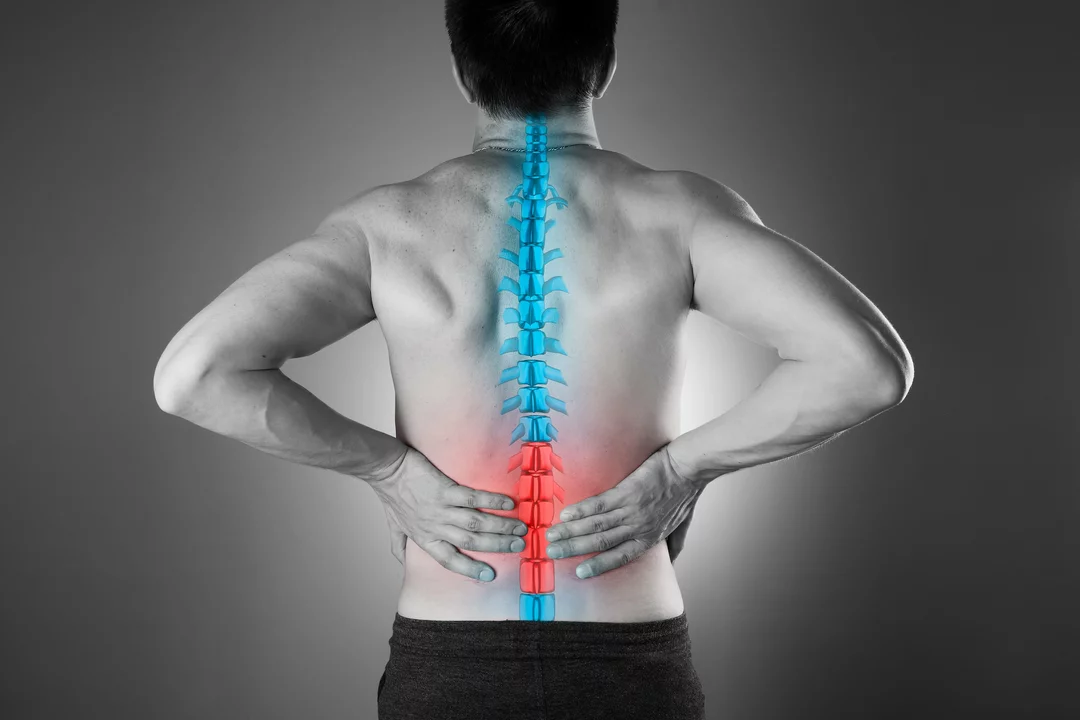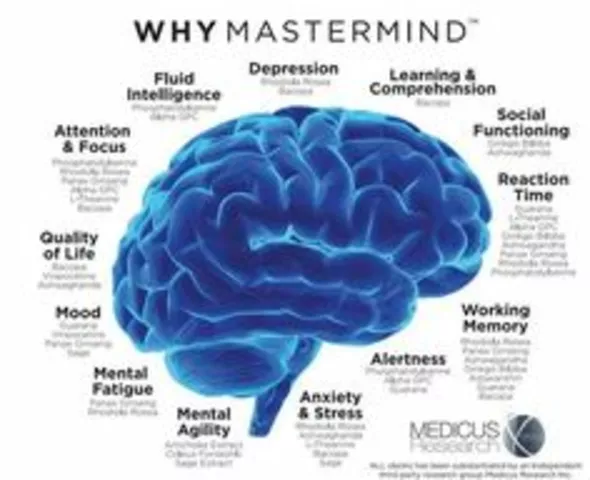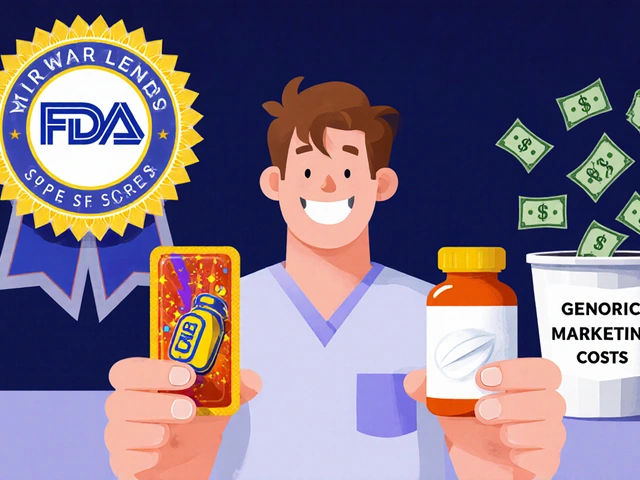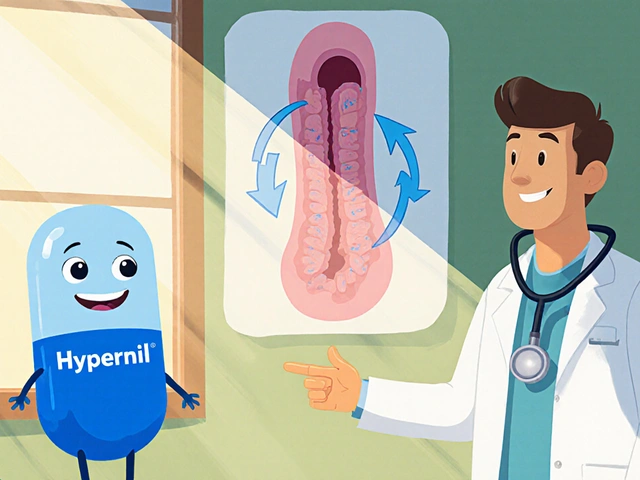Chronic Pain: Practical Help and Everyday Strategies
Nearly 1 in 5 adults live with chronic pain that won’t quit. If you’re dealing with ongoing aches, stiffness, nerve pain, or flare-ups that change your plans, this page gives clear, useful steps you can use right away.
Quick, practical steps you can try today
Track your pain. Keep a simple log for a week: time, activity, pain level (0–10), and what helped or made it worse. Patterns appear fast and that info helps your provider adjust treatment.
Move in small, regular doses. Gentle walking, stretching, or a short daily exercise routine is better than long sessions that cause flare-ups. Aim for consistency—ten minutes several times a day beats zero.
Use heat and cold smartly. Heat eases stiff muscles; cold reduces swelling and sharp flares. Try 15–20 minutes at a time and protect your skin.
Sleep and routine matter. Poor sleep makes pain feel worse. Set a bedtime routine, cut screens before bed, and keep the bedroom cool and dark. If sleep is a major problem, mention it to your doctor—treating sleep often helps pain.
Pace activities. Break tasks into short chunks and rest between them. Pacing helps you avoid boom-and-bust cycles where good days lead to overdoing it and then a crash.
Try non-drug options first when they fit. Physical therapy, guided stretching, walking programs, and basic relaxation or breathing exercises can reduce pain and improve function without side effects.
When to see a doctor and common treatment options
See a clinician if pain is new and severe, getting worse, causing weakness, numbness, fever, or loss of bladder/bowel control. Those signs need quick attention.
Medications can help but they’re one part of a plan. Over-the-counter options like acetaminophen or NSAIDs (ibuprofen, naproxen) work for many people. For nerve pain, doctors may prescribe gabapentin or duloxetine. Topical creams (lidocaine, capsaicin) can ease localized pain. Opioids are used cautiously and usually short-term—ask about benefits and risks.
Interventional options exist: steroid injections, nerve blocks, or procedures done by pain specialists. Cognitive behavioral therapy (CBT) helps change how pain affects your mood and behavior. Acupuncture, TENS, and massage help some people—try what fits you and track results.
Build a simple plan with your care team: goal (walk 10 minutes), tools (heat, PT, OTC meds), and a check-in date. Small, measurable goals keep progress real.
If you want more targeted reads, search our chronic pain articles for guides on specific medicines, therapies, and tips from people who manage long-term pain every day. Keep testing what works, and give your body steady, kind care—small wins add up fast.

Bupropion for Chronic Pain: A Possible Treatment Option
I recently came across a fascinating topic about Bupropion being a possible treatment option for chronic pain. Bupropion is primarily known as an antidepressant, but studies have shown that it may also help alleviate chronic pain. This is due to its ability to increase certain neurotransmitters in the brain, which can help regulate pain perception. Though more research is needed, this could be a game-changer for those suffering from chronic pain. I can't wait to see how this treatment option evolves and potentially improves the lives of many people.
Categories
- Medications (50)
- Health and Medicine (46)
- Health and Wellness (34)
- Online Pharmacy Guides (15)
- Nutrition and Supplements (7)
- Parenting and Family (3)
- Environment and Conservation (2)
- healthcare (2)
- prescription savings (1)



